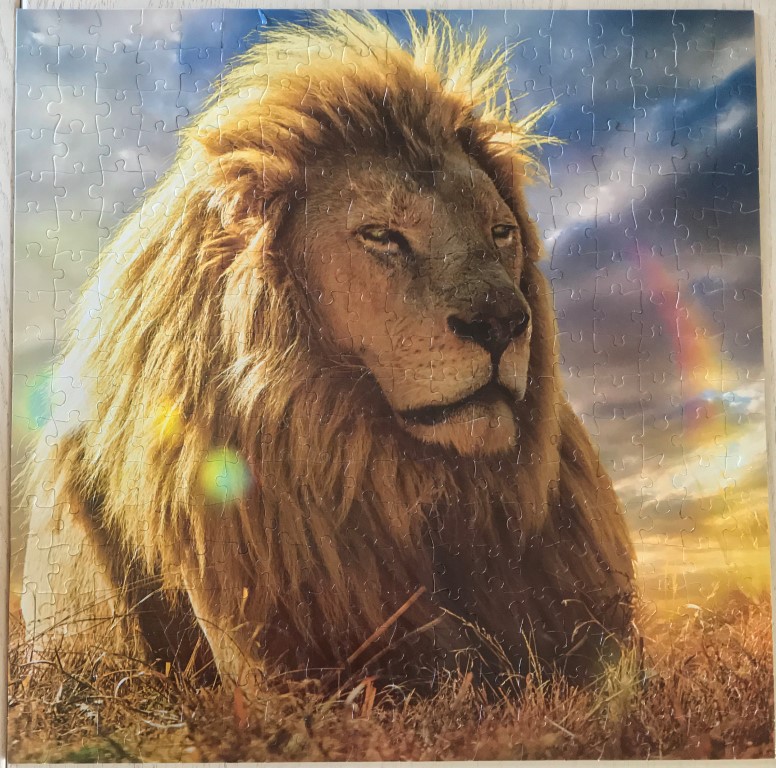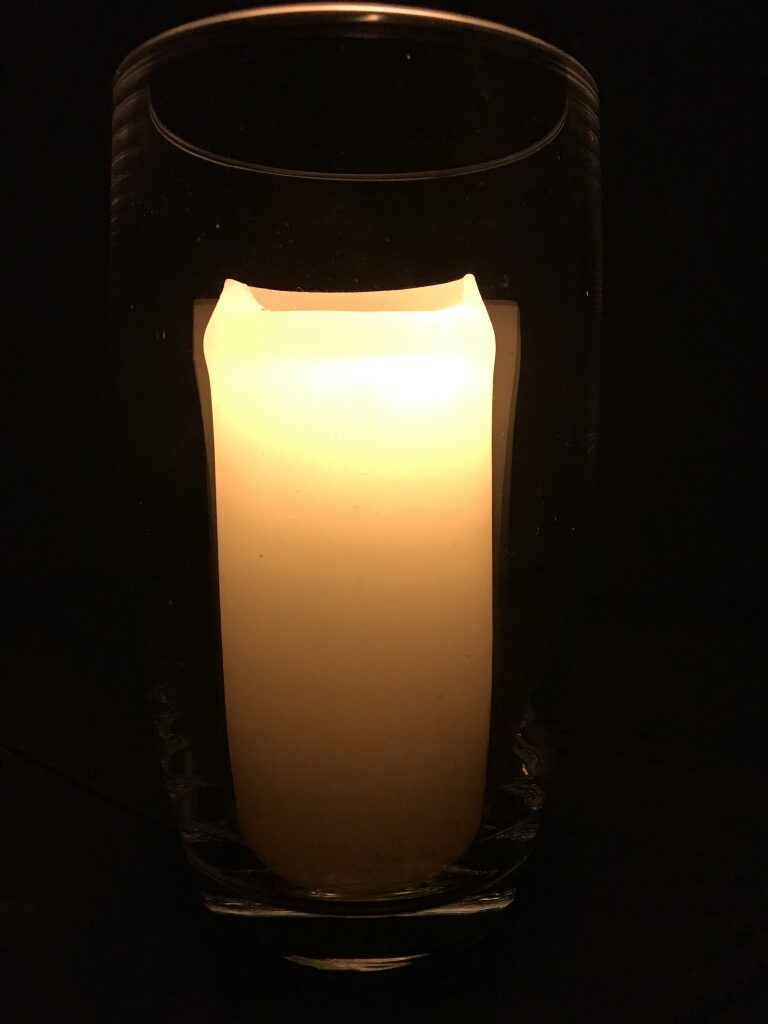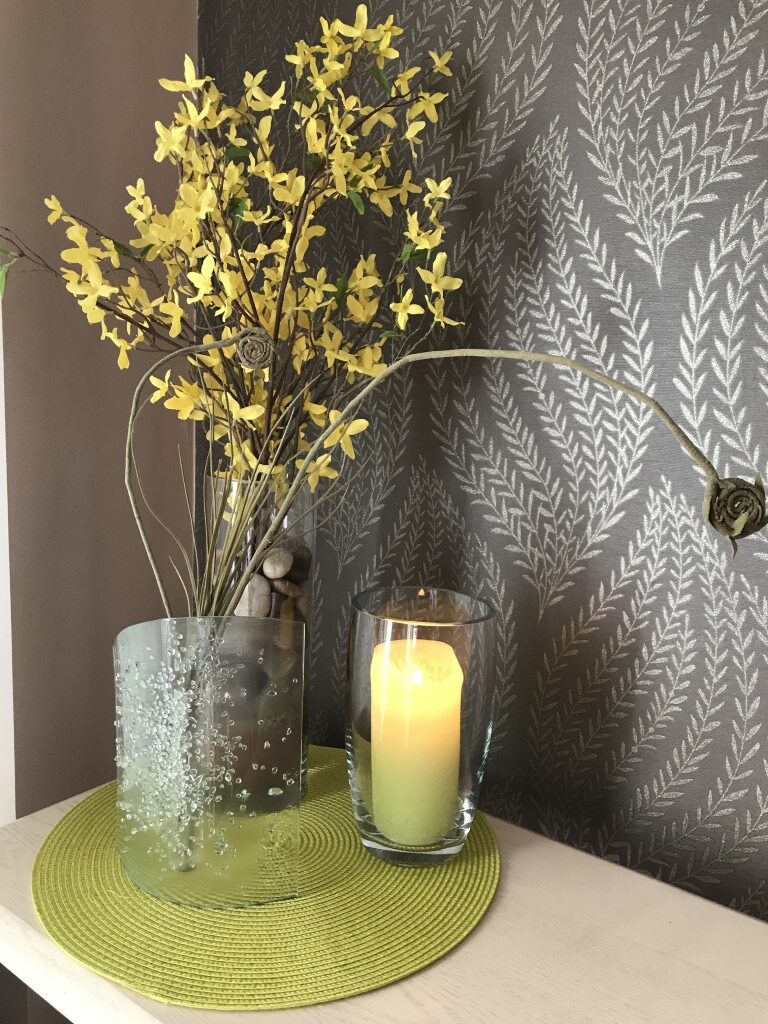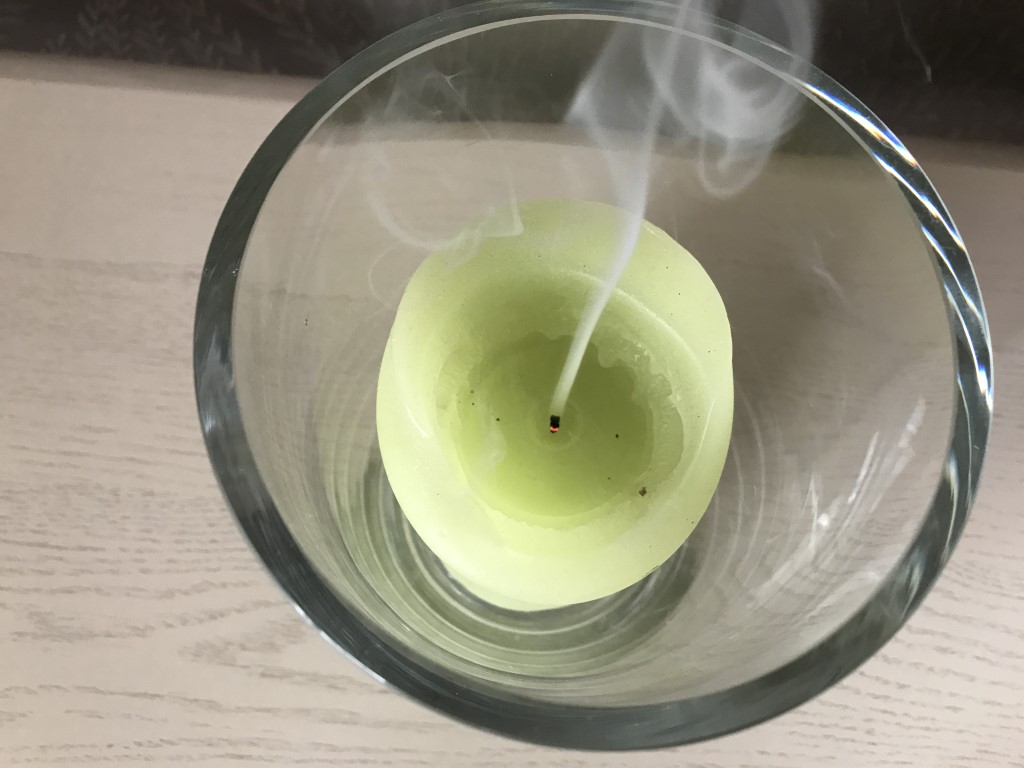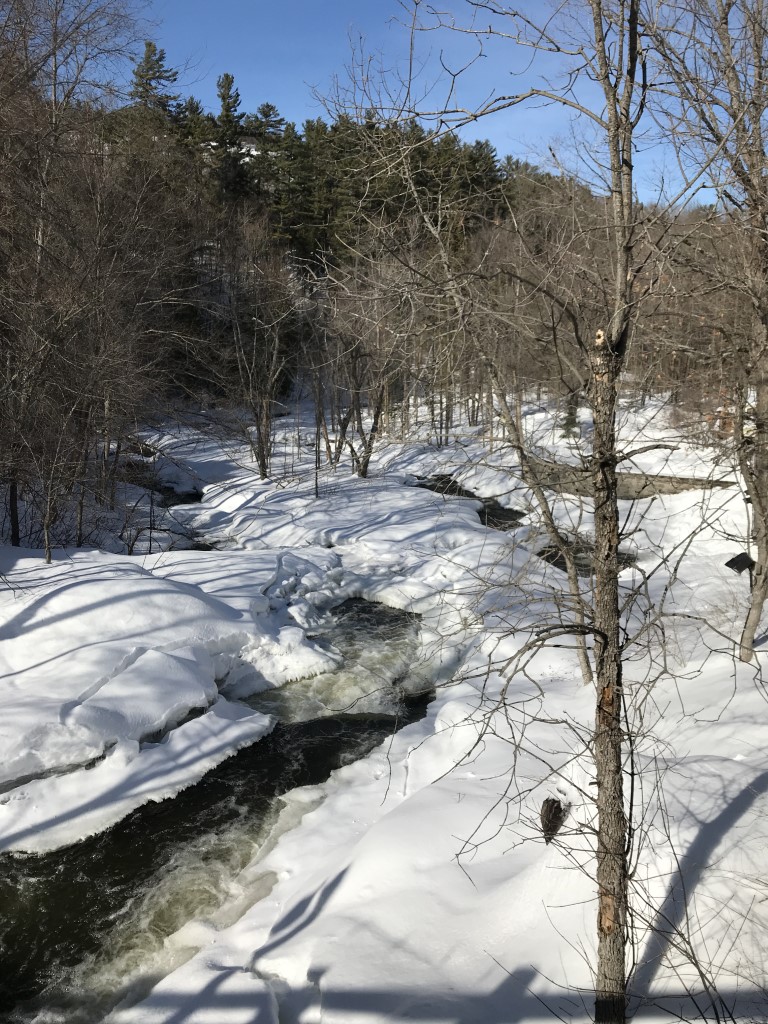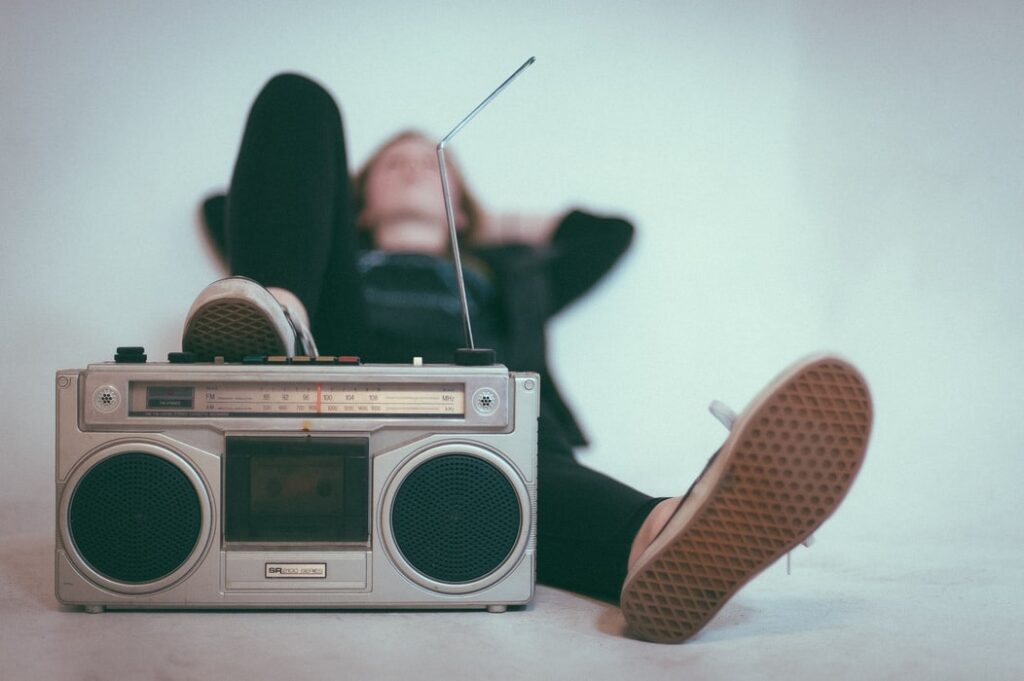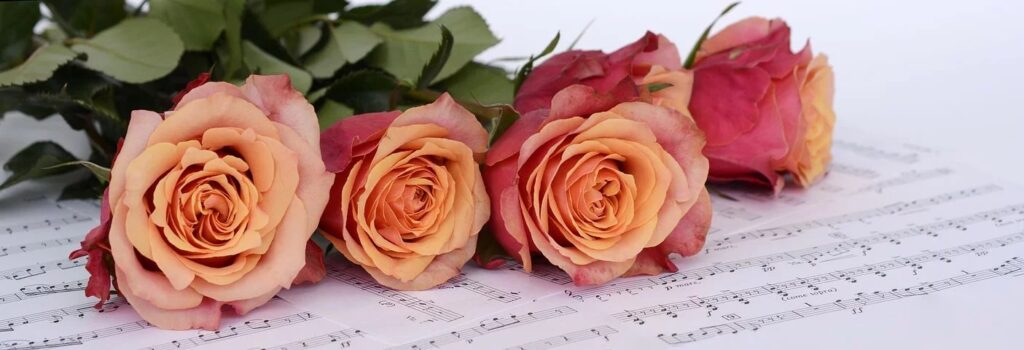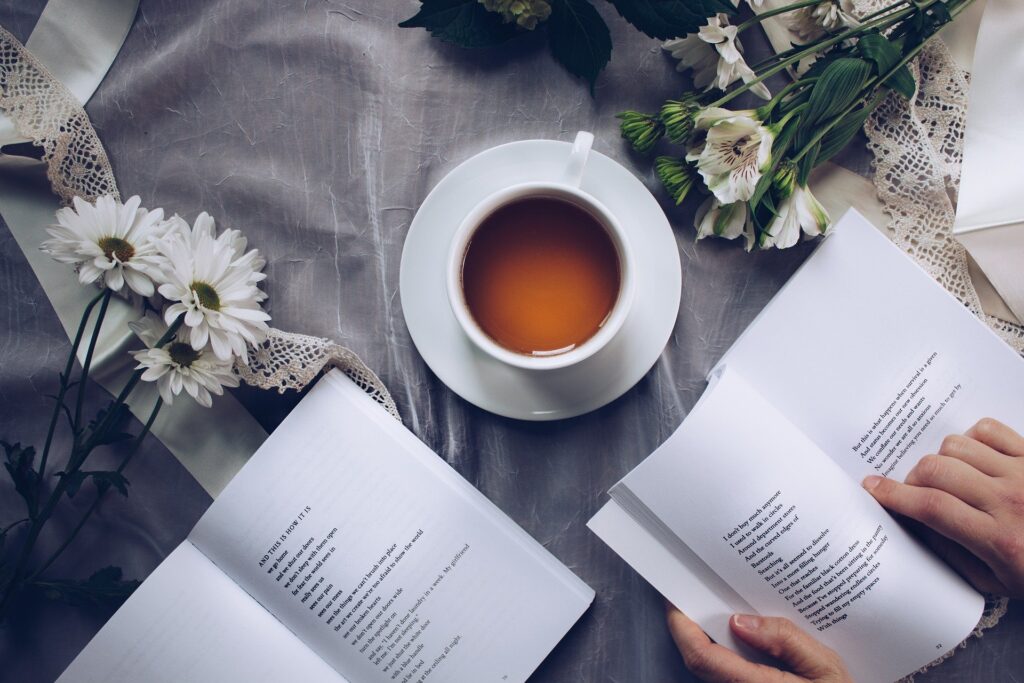FIVE PANDEMIC POEMS
Hello there!
In June 2020, much of the world still lives with social distancing or isolation as the new realities.
What is the situation in your neighbourhood? Here in Ontario, Canada, most regions have been allowed to open up to “Stage 2.” This provides more freedoms but more need for individual decisions, like:
- To mask or not to mask?
- Who should be in my “bubble”?
- Should I hug my son, who works in an essential service and interacts with the public every work day?
For a while I resisted writing about COVID-19. I already felt inundated with the pandemic, everyone was writing about it, talking about it, posting about it… What was one more voice?
Well, what are artists for, if not to hold up a mirror to the world and reflect it back to itself? A piece of art can help express, clarify and illuminate what’s going on.
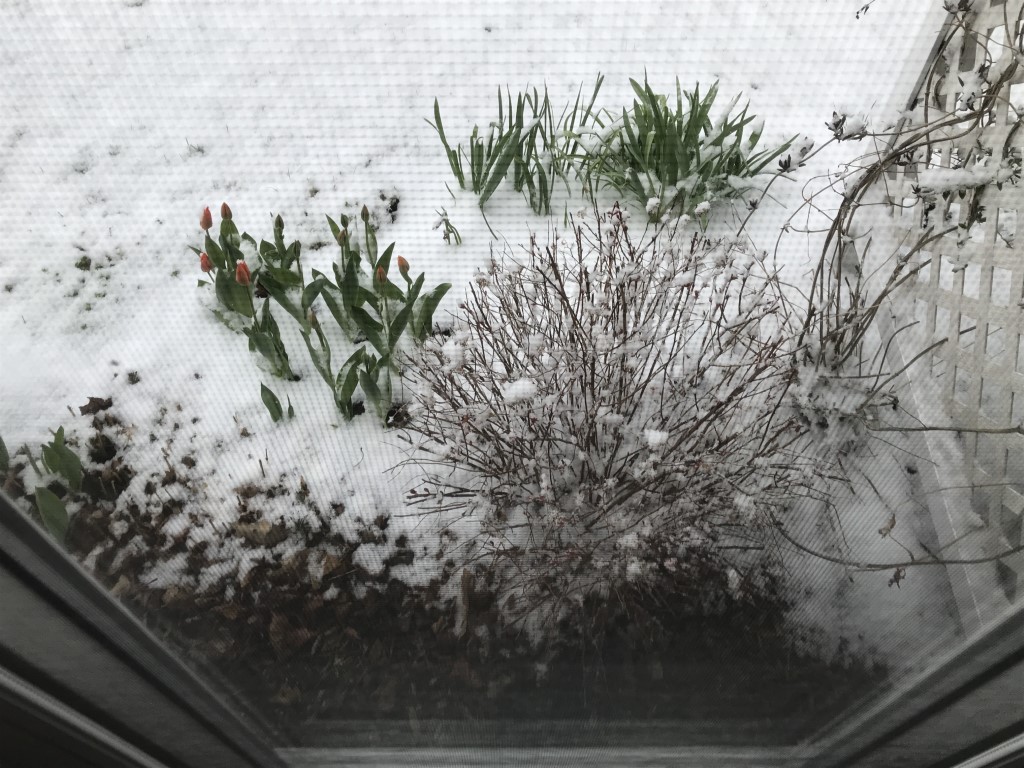
So after all, I decided to write about aspects of the pandemic from my point of view. Events continue to unfold, but these five poems reflect what struck me – and possibly you too – during the month of April. The photographs that accompany the words show the view from inside my house looking out, which is where most of us found ourselves that month.
I offer these five pieces of my “Poetry Art” to you, because I hope that you’ll find within them a familiar feeling, or maybe words you have wanted to express but didn’t quite know how.
May you and yours stay healthy in the upcoming months!
Lee Ann
Five Pandemic Poems:
